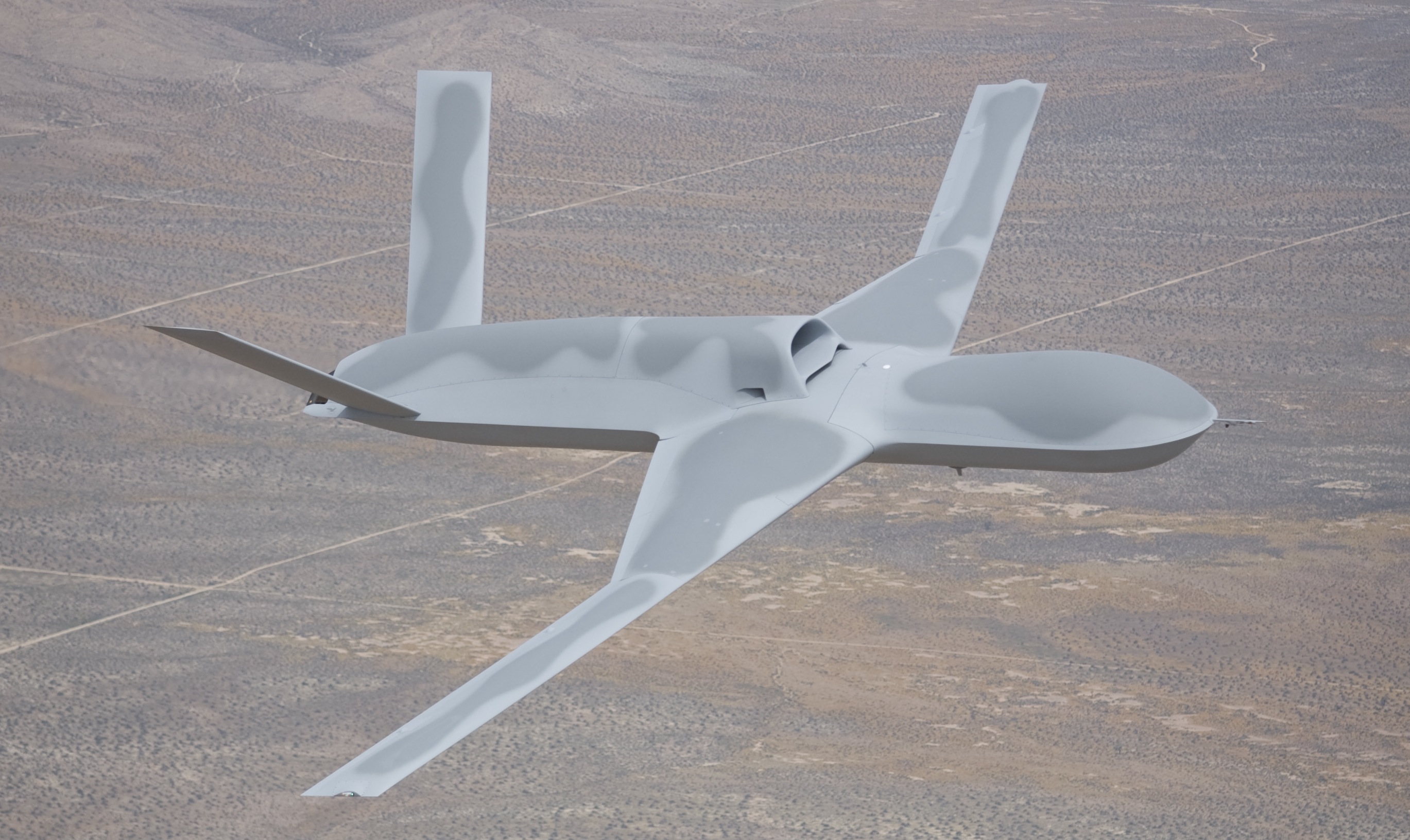INDIAPOSITIVE
ELITE MEMBER

- Joined
- Sep 20, 2014
- Messages
- 9,318
- Reaction score
- -28
- Country
- Location
Star Wars comes a step closer: US military bosses reveal success tests of airborne 'death rays'
By Mark Prigg For Dailymail.com17:51 25 May 2015, updated 19:36 25 May 2015

+6
- Initial trials of laser weapon revealed 'unprecedented power' of system
- Hopes it will one day be used on fighter jets to shoot down drones
- Will now be tested against live targets at White Sands Missile Range
The US Military Defense Advanced Research Projects Agency (Darpa) has revealed it has just completed the first tests of a system that could eventually see laser weapons added to drones and fighter jets.
They say the weapons shows 'unprecedented power' and are about to begin testing it against live targets on firing ranges.
Scroll down for video

+6
Initial trials of laser weapon revealed 'unprecedented power' of system, and it will now be tested against live targets at White Sands Missile Range in New Mexico (artist's impression shown)
Called the High-Energy Liquid Laser Area Defense System (HELLADS), it will create a laser small enough to be mounted on a plane.
'The goal of the HELLADS program is to develop a 150 kilowatt (kW) laser weapon system that is ten times smaller and lighter than current lasers of similar power, enabling integration onto tactical aircraft to defend against and defeat ground threats,' Darpa says.
MORE...
- Did a massive asteroid turn Earth into a boiling 'SPRING' 3.3bn years ago? Impact may have vapourised our planet's oceans
- Welcome to the cities of the future! 'Impossible Engineering' predicts cows on skyscrapers, 3D-printed homes and underwater arenas in the next 100 years
- Hayfever misery to increase with global warming: Invasive ragweed to spread pollen further due to climate change
- Watch out Kanye, here comes RapBot! Computer program can write its own hip hop lyrics - and may eventually sing them
'The technical hurdles were daunting, but it is extremely gratifying to have produced a new type of solid-state laser with unprecedented power and beam quality for its size,' said Rich Bagnell, yhe projects program manager.
'The HELLADS laser is now ready to be put to the test on the range against some of the toughest tactical threats our warfighters face.'

+6
The weapons are expected to be used to shoot down drones.
Ground-based field testing of the HELLADS laser is now expected to begin this summer as an effort jointly funded by DARPA and the Air Force Research Laboratory.
Following the field-testing phase, the goal is to make the system available to the military Services for further refinement, testing or transition to operational use.
The HELLADS program has been developing an electrically driven solid state laser at greatly reduced size and weight over lasers of similar power for tactical use.
The laser was developed by DARPA performer General Atomics
The weapons are expected to be used to shoot down drones.
'Enemy surface-to-air threats to manned and unmanned aircraft have become increasingly sophisticated, creating a need for rapid and effective response to this growing category of threats.

+6
White Sands Missile range, where the HELLADS laser system is set for field testing this summer.

+6
The laser was developed by DARPA performer General Atomics
'High power lasers can provide a solution to this challenge, as they harness the speed and power of light to counter multiple threats.'
However, they are also likely to be used on bombing raids to target precise locations.
'Laser weapon systems provide additional capability for offensive missions as well—adding precise targeting with low probability of collateral damage.'
US military bosses reveal success tests of airborne 'death rays' | Daily Mail Online










